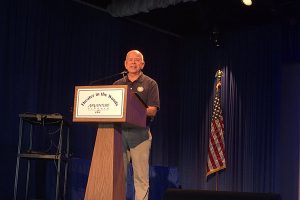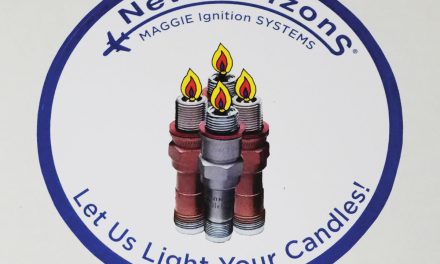Speaking before a spirited general aviation audience at the Experimental Aircraft Association (EAA) AirVenture in Oshkosh, Wisconsin, FAA Administrator Michael Huerta outlined a future thriving general aviation industry in America and emphasized the importance of government and industry partnerships to bolster general aviation safety and efficiency.
“Some day in the not too distant future, your planes will still be sharing airspace with jumbo jets and helicopters – but also commercial space rockets, package delivery drones, aerial taxis, and other technologies that haven’t even been dreamed up yet,” said Huerta. “One thing is for certain, the decisions we make today are going to shape that future.”
Huerta said the FAA is working to become a more efficient and nimble organization and that success comes down to a simple idea: partnership. The agency has shifted its approach to how it certifies aircraft and equipment. It’s defining the safety goals and giving industry the freedom to come up with innovative solutions. The industry needs a regulator that’s equally invested in that spirit of innovation – and the FAA is committed to being that partner. Technology can help breathe new life into an aircraft.
“The FAA is streamlining its processes so you can benefit from upgraded equipment, lower costs, and higher levels of safety,” Huerta said.
He also pointed out that partnership is a two-way street. If we’re going to succeed in securing general aviation’s future, we all have to step up. This is especially true of the January 1, 2020, deadline for pilots to equip with ADS-B. He told the audience the FAA still has a $500 incentive available to help eligible aircraft owners offset the cost of installing ADS-B.
“The deadline hasn’t – and won’t – change,” he stressed.
He also said the FAA has changed how it thinks about medical certification. BasicMed allows general aviation pilots to get an exam with their doctor and take an online medical education course to get qualified, instead of requiring them to see an Aviation Medical Examiner and obtain a third-class medical certificate. Huerta also encouraged pilots with health issues to seek guidance from the agency’s Aerospace Medicine office.
“There’s this misperception out there that dealing with our medical team is the first step toward losing your license. Nothing could be further from the truth,” Huerta said. “In fact, we approve the majority of the requests we receive for special issuance medical certificates. We’re not adversaries. We want you to be able to keep flying. We just want to work with you to figure out a way to do it safely.”
The United States has the largest and most diverse general aviation community in the world, with more than 220,000 aircraft – including amateur-built aircraft, rotorcraft, balloons, and highly sophisticated turbojets. The FAA and GA community are working together to put the right technologies, regulations, and education initiatives in place to improve safety.






